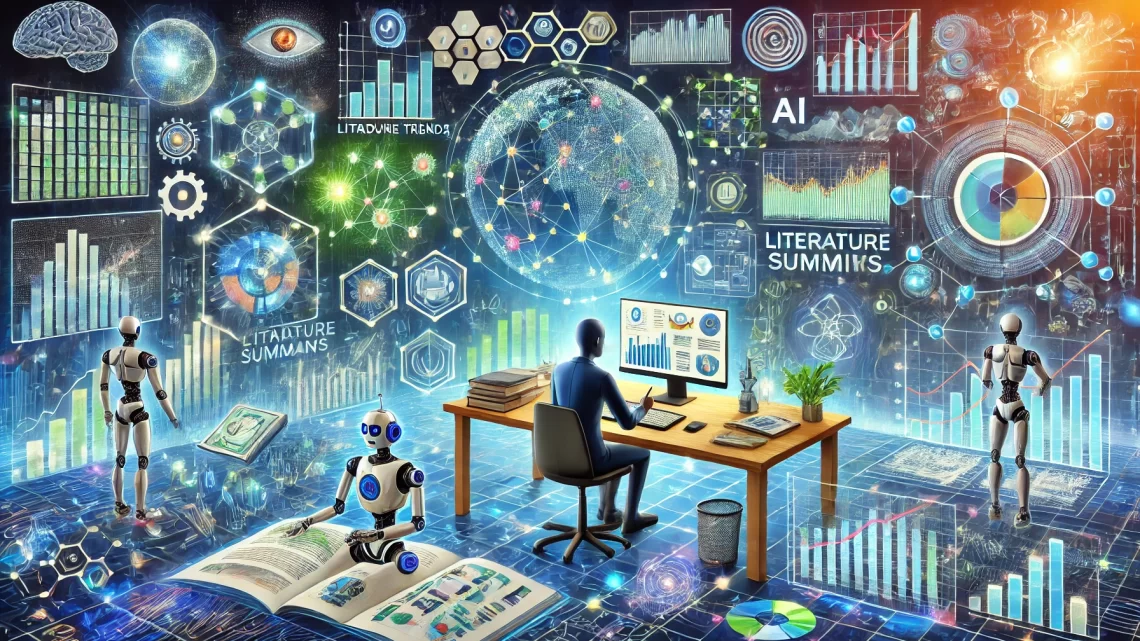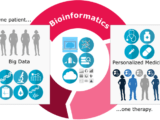
Why Bioinformatics Tools Are Essential for Data Visualization
February 22, 2025Recent studies indicate that over 80% of genomic researchers depend on bioinformatics tools for visualizing their data. These tools not only simplify the interpretation of complex biological datasets but also ensure seamless integration with vast genomic databases, enhancing data consistency and accuracy. Leveraging advanced algorithms, bioinformatics tools facilitate the identification of significant trends and anomalies within genetic sequences, streamlining data interpretation and supporting critical decision-making. Given these advantages, what other compelling reasons make these tools indispensable in biological research?
Key Benefits of Bioinformatics Tools for Data Visualization
- Transforming Raw Data into Actionable Insights: Utilizing sophisticated algorithms, bioinformatics tools help decode vast amounts of raw biological data into meaningful insights.
- Seamless Integration with Genomic Databases: Ensures real-time access to the latest genomic data for accurate analysis.
- Enhanced Data Consistency and Integrity: Robust validation checks and cross-referencing mechanisms reduce errors and improve data reliability.
- Advanced Statistical Analysis: Tools employ machine learning and statistical methods to identify patterns and anomalies in genetic sequences.
- Future Trends: The integration of artificial intelligence (AI) and virtual reality (VR) is expected to revolutionize predictive and immersive data visualization.
The Growing Importance of Bioinformatics Tools
Modern biological research generates vast amounts of data through high-throughput sequencing and other advanced methodologies. Without bioinformatics tools, managing, analyzing, and visualizing such large datasets would be inefficient and time-consuming.
Computational Efficiency
Bioinformatics software is designed for processing complex algorithms and extensive datasets without compromising speed or accuracy. This efficiency is crucial in research scenarios where real-time analysis is required, such as genome assembly and protein structure prediction. Rapid data processing enables researchers to make timely, informed decisions, which can be critical in medical and pharmaceutical applications.
Integrating Multiple Data Types
Bioinformatics tools streamline the integration of diverse datasets, such as genomic sequences, protein structures, and expression profiles. This comprehensive data management approach helps researchers gain deeper insights and make more accurate interpretations.
Driving Scientific Innovation
The ability of bioinformatics tools to efficiently handle vast datasets ensures that research findings are accurate, reproducible, and valuable for further scientific exploration. These tools support hypothesis generation and validation, significantly advancing biological and medical research.
Enhancing Data Interpretation with Bioinformatics Tools
Bioinformatics tools utilize sophisticated algorithms to improve pattern recognition and statistical analysis, allowing researchers to uncover meaningful trends and relationships in complex datasets.
Pattern Recognition
One of the primary strengths of bioinformatics tools is their ability to detect recurring motifs and anomalies in genetic sequences. Identifying conserved sequences across species can provide crucial insights into evolutionary biology and functional genomics.
Statistical Analysis
Bioinformatics tools incorporate various statistical techniques, such as regression analysis, principal component analysis (PCA), and clustering. These methods reduce data complexity, highlight key variables, and facilitate clearer visualization of trends.
Comparison of Key Bioinformatics Tools
| Tool Name | Key Functionality |
|---|---|
| BLAST | Sequence alignment and comparison |
| Clustal Omega | Multiple sequence alignment |
| Cytoscape | Network analysis and visualization |
| RStudio | Statistical analysis and data visualization |
| GSEA | Functional interpretation of gene sets |
Seamless Integration with Genomic Databases
Efficient Data Access
Bioinformatics tools integrate with genomic databases such as NCBI, Ensembl, and UCSC Genome Browser, allowing real-time data retrieval. This connectivity ensures researchers work with up-to-date, high-quality data.
Maintaining Data Integrity
Integration with established genomic repositories ensures data consistency, reducing discrepancies and enhancing the reliability of research findings. Automated synchronization and validation protocols further minimize human errors.
User-Friendly Interfaces for Data Visualization
To enhance accessibility, modern bioinformatics tools incorporate intuitive design features and simplified navigation options.
Intuitive Dashboards
Customizable dashboards allow researchers to tailor their workspace, displaying only the most relevant tools and datasets, thereby improving workflow efficiency.
Interactive Charts
Advanced interactive charts facilitate real-time data exploration, enabling users to zoom in on specific data points, compare variables, and identify trends effortlessly.
Advanced Visualization Techniques in Bioinformatics
3D Mapping
Three-dimensional visualization techniques enable researchers to examine molecular structures, genetic interactions, and cellular processes with greater clarity. This is particularly useful in structural biology, where understanding protein and nucleic acid conformations is essential.
Heat Maps
Heat maps offer a visually intuitive method for representing gene expression data, with color gradients highlighting significant changes across experimental conditions.
Real-Time Data Analysis for Immediate Insights
Modern bioinformatics tools integrate real-time data analysis, allowing researchers to process vast datasets instantly and make informed decisions. This capability is especially vital in clinical genomics and personalized medicine, where rapid interpretation of sequencing data can influence treatment plans.
Conclusion
Bioinformatics tools are indispensable for modern biological research. They provide computational efficiency, seamless integration with genomic databases, user-friendly interfaces, and advanced visualization capabilities. As AI and VR technologies continue to evolve, the future of bioinformatics visualization promises even greater accuracy, efficiency, and interactivity, paving the way for groundbreaking scientific discoveries.

















